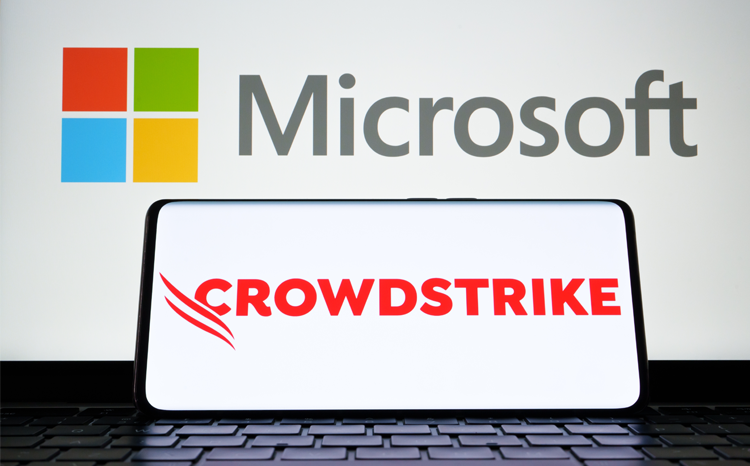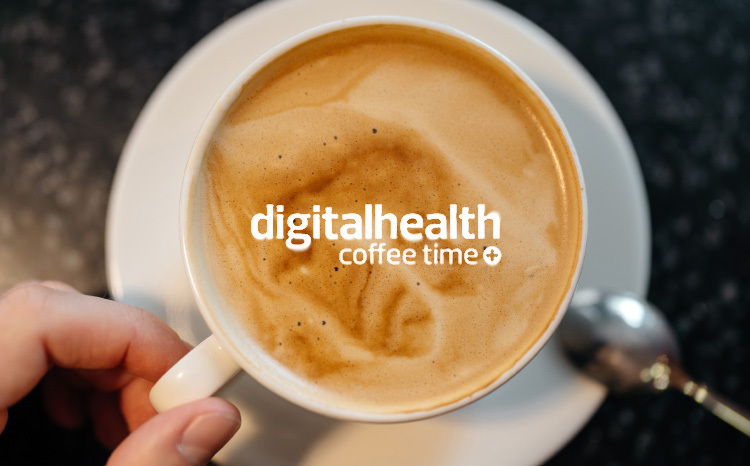After CrowdStrike: how to ensure the resilience of healthcare IT
- 7 August 2024

In the wake of the largest IT outage in history, healthcare organisations must keep faith in digital – and reinforce their infrastructures, writes Mizaic’s Jon Pickering
Futureproofing the healthcare industry is essential for improving patient care, increasing efficiency, reducing costs, and better managing data. However, the recent CrowdStrike IT outage — which affected Microsoft Windows devices and caused major disruptions worldwide — has understandably raised serious concerns.
The effects of this outage are still being felt, with businesses only beginning to assess the financial impact. Termed the “largest IT outage in history,” direct losses are expected to exceed $5 billion. The inconvenience to people and organisations remains significant. It’s imperative we learn from the CrowdStrike outage and take ongoing action, ensuring the resilience of our IT infrastructures is as much of a priority as security. We must strengthen systems to mitigate such widespread disruptions in the future.
Back to pen and paper
When systems crashed on 19 July, major disruption ensued in the healthcare industry. Most notably, the outage took EMIS, a platform for accessing digital patient records, offline. David Wrigley, deputy chair of the BMA’s GP committee, described the significant impact: GPs were forced to return to pen and paper to serve their patients, leading to a considerable backlog. It was a stark reminder of how dependent we are on digital systems.
Despite this setback, it is crucial to maintain faith in healthcare’s digital transformation journey. This CrowdStrike outage should act as a catalyst for organisations to prepare and reinforce their digital infrastructure. Digital solutions can achieve significant financial savings for both NHS and private practices and transform how quickly and effectively decisions are made at the point of care, ultimately improving the patient experience.
Automating routine processes, reducing administrative burdens, and freeing up resources means embracing a less manual-intensive healthcare sector. This is no longer a luxury – it’s a critical necessity for improved patient care. For the sake of both patients and clinical staff we cannot and should not turn our backs on digital transformation. But to advance, there needs to be trust in the software used.
As Dr Wrigley said, the BMA’s GP committee “will continue our dialogue with both EMIS and NHSE… to urgently work on securing a better system of IT backup so that this disaster is not repeated in future”.
7 Steps to futureproof healthcare systems
To ensure resilience against similar disruptions, healthcare organisations can take several proactive steps:
1. Implement robust backup systems
Ensure reliable backup systems are in place. Regular backups of critical data and systems can minimise downtime and data loss during an outage. Also consider using redundant systems that can take over seamlessly if the primary system fails.
2. Invest in cybersecurity measures
Strengthen your cybersecurity protocols to protect against logic errors, cyberattacks, and other threats. Implement firewalls, antivirus software, and intrusion detection systems. Regularly update and patch your software to protect against known vulnerabilities.
3. Train staff on IT best practices
Educate your staff on the importance of IT security and best practices. Regular training sessions can help employees respond appropriately during an outage.
4. Develop a comprehensive disaster recovery plan
Create a detailed disaster recovery plan that outlines the steps to take in the event of an IT outage. This plan should include communication protocols, roles and responsibilities, and procedures for restoring systems and data.
5. Foster collaboration with IT vendors
Work closely with your IT vendors to ensure they understand your needs and can provide the necessary support during an outage. Establish clear communication channels and service level agreements (SLAs) to guarantee timely assistance.
6. Embrace cloud solutions
Consider adopting cloud-based solutions for data storage and management. Cloud platforms often offer better scalability, security, and redundancy compared to on-premises systems.
7. Prioritise patient care during disruptions
Develop protocols to ensure patient care remains a top priority during IT outages. This may include manual processes, alternative communication methods, and contingency plans for accessing critical patient information.
While the CrowdStrike IT outage was a significant setback, it should not deter healthcare organisations from pursuing digital transformation. Instead, it should serve as a powerful reminder of the importance of resilient IT infrastructure.
By taking proactive steps to strengthen their systems, the healthcare industry can better withstand future disruptions and continue to deliver high-quality patient care.






